 MAINE BUSINESS PAVES WAY FOR FEMALE OYSTER FARMERS
MAINE BUSINESS PAVES WAY FOR FEMALE OYSTER FARMERS
WGME-TV 13, 3/3/22 – “Libby Davis loves seafood, especially oysters. She’s worked on the water for a majority of her life and was always a minority. ‘The aquaculture and fishing industry is, just historically speaking, is a largely white, cis male dominated industry,’ Davis said. ‘Sometimes I’ve felt that I kind of get pushed aside when I’m out on a boat,’ Lady Shuckers Co-Founder Jacqueline Clarke said. The two women started Lady Shuckers, a company that sells and markets oysters from 16 of Maine’s 23 women-run oyster farms.”
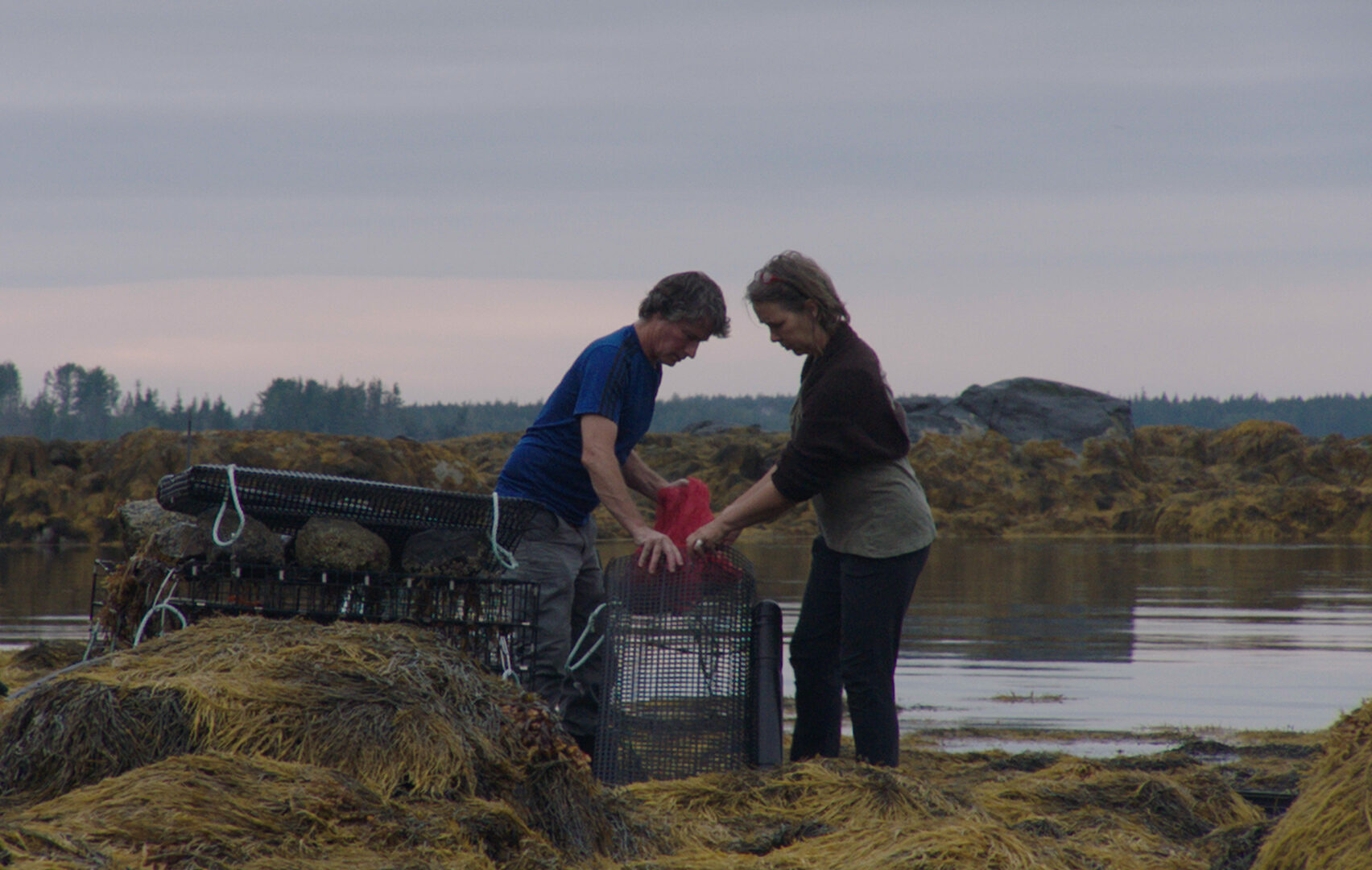 GO-TO-MARKET GUIDE AIMS TO HELP SEAFOOD FARMERS NAVIGATE SUPPLY CHAIN CHALLENGES
GO-TO-MARKET GUIDE AIMS TO HELP SEAFOOD FARMERS NAVIGATE SUPPLY CHAIN CHALLENGES
Mainebiz, 3/2/22 – “The Maine Aquaculture Association on Tuesday released a guide designed to help seafood farmers evaluate distribution channels for their products to best decide how to get them to market [. . .] ‘As Maine’s working waterfront continues to face new supply chain challenges, the industry and consumer demand keeps growing,’ Sebastian Belle, the association’s executive director, said in the release. ‘By nature, Maine’s farm fishing families are open to navigating choppy waters when they need to. It’s our collective responsibility to support their efforts to bring their product to market.'”
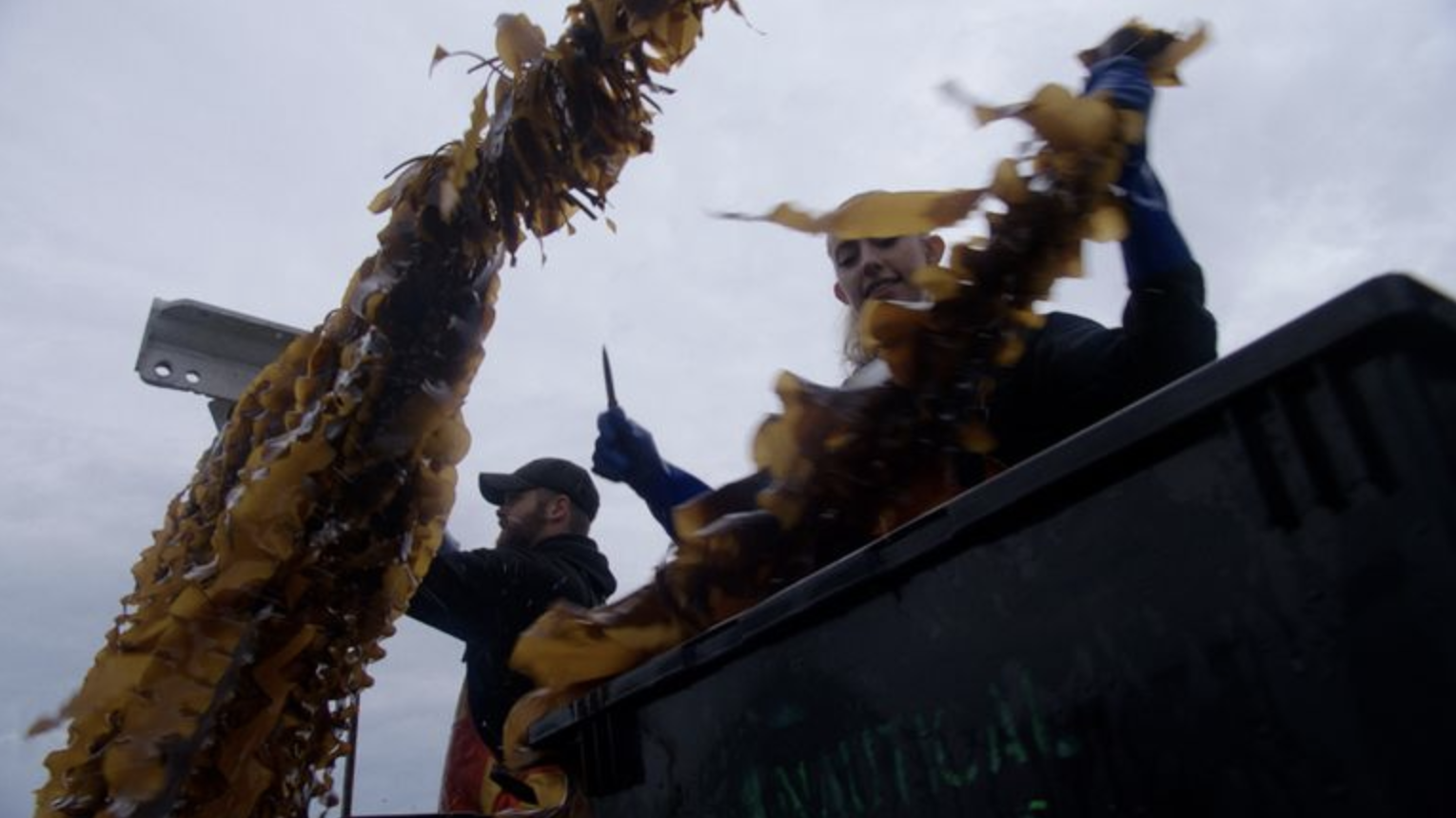 WITH $383K GRANT, AQUACULTURE ‘PIONEERS’ PROGRAM AIMS TO GROW WORKFORCE
WITH $383K GRANT, AQUACULTURE ‘PIONEERS’ PROGRAM AIMS TO GROW WORKFORCE
Mainebiz, 2/3/22 – “Maine’s aquaculture industry has been cultivating a new workforce and new growth opportunities in recent years. Now a new pilot program is getting ready to provide a pathway to long-term careers in the sector. FocusMaine and Educate Maine on Thursday announced the Aquaculture Pioneers Program, a two-year effort funded through a $382,504 grant from the Builders Initiative, according to a news release. [. . .] ‘The Aquaculture Pioneers program is an important component in the state’s ongoing development of a diverse and competitive aquaculture sector,’ Sebastian Belle, executive director of Maine Aquaculture Association, said in the release.”
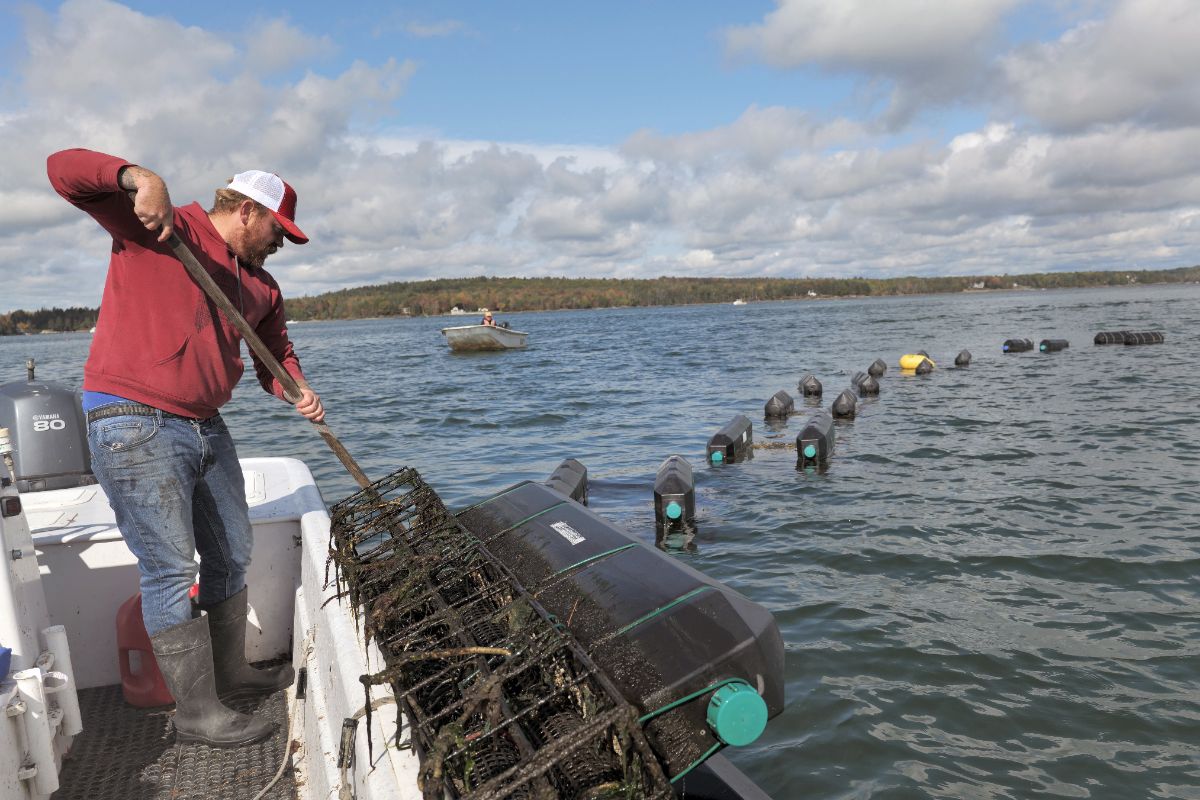 Aquaculture “roadmap” plots industry’s needs, potential
Aquaculture “roadmap” plots industry’s needs, potential
Ellsworth American, 2/1/22 – “As aquaculture and its contribution to the state economy grows, so does the need to support it. The Maine Aquaculture Association and Maine Sea Grant released the Maine Aquaculture Roadmap, 2022-2032 last week, a 10-year plan developed with feedback from nearly 100 organizations and companies. It outlines four main goals and identifies $15 million in resources needed to strengthen the commercial aquaculture industry and working waterfronts across the state. “Aquaculture is clearly a priority for Maine, and we needed a forward-looking, research-driven plan to responsibly sustain Maine’s marine farming sector. Now we have one that supports Maine’s farm families and the future of the working waterfront,” said Fiona de Koning, a shellfish farmer and owner of Acadia Aqua Farms in Bar Harbor.”
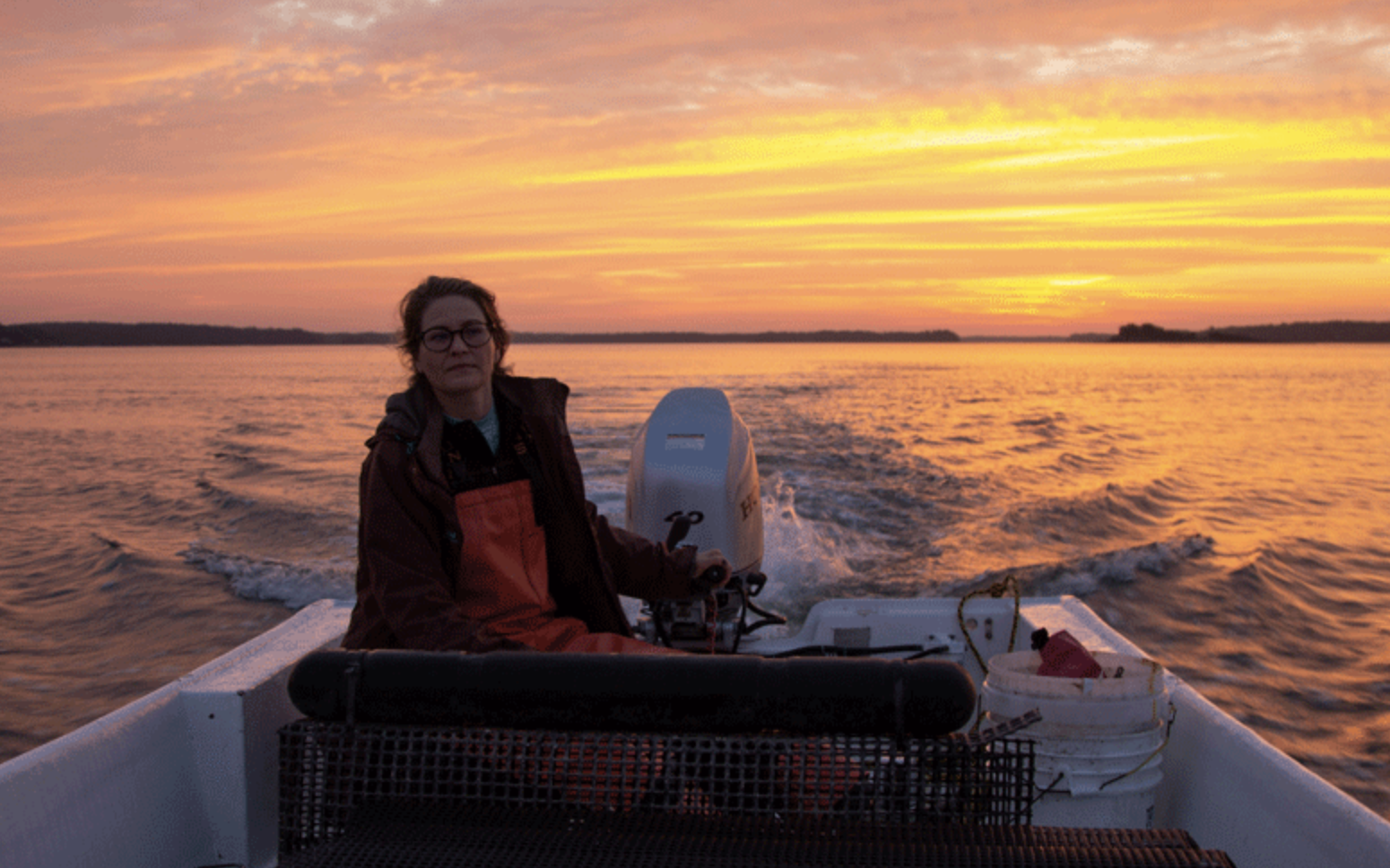 WOMEN MOVING INTO GROWING AQUACULTURE SECTOR
WOMEN MOVING INTO GROWING AQUACULTURE SECTOR
The Working Waterfront, 1/31/22 – “Currently, Maine’s Department of Marine Resources doesn’t track statistics on the gender and diversity breakdown of the state’s aquaculture licenses or commercial fishing licenses. But Afton Hupper, an outreach and development specialist at the Maine Aquaculture Association, estimates that in 2019, 80 percent of all aquaculture licenses and limited purpose aquaculture licenses—permits that last a calendar year and are often used for test sites—are held by men. These numbers could be changing. According to a report by the Gulf of Maine Research Institute in May 2020, a third of all limited purpose aquaculture, or LPA licenses were held by women.”
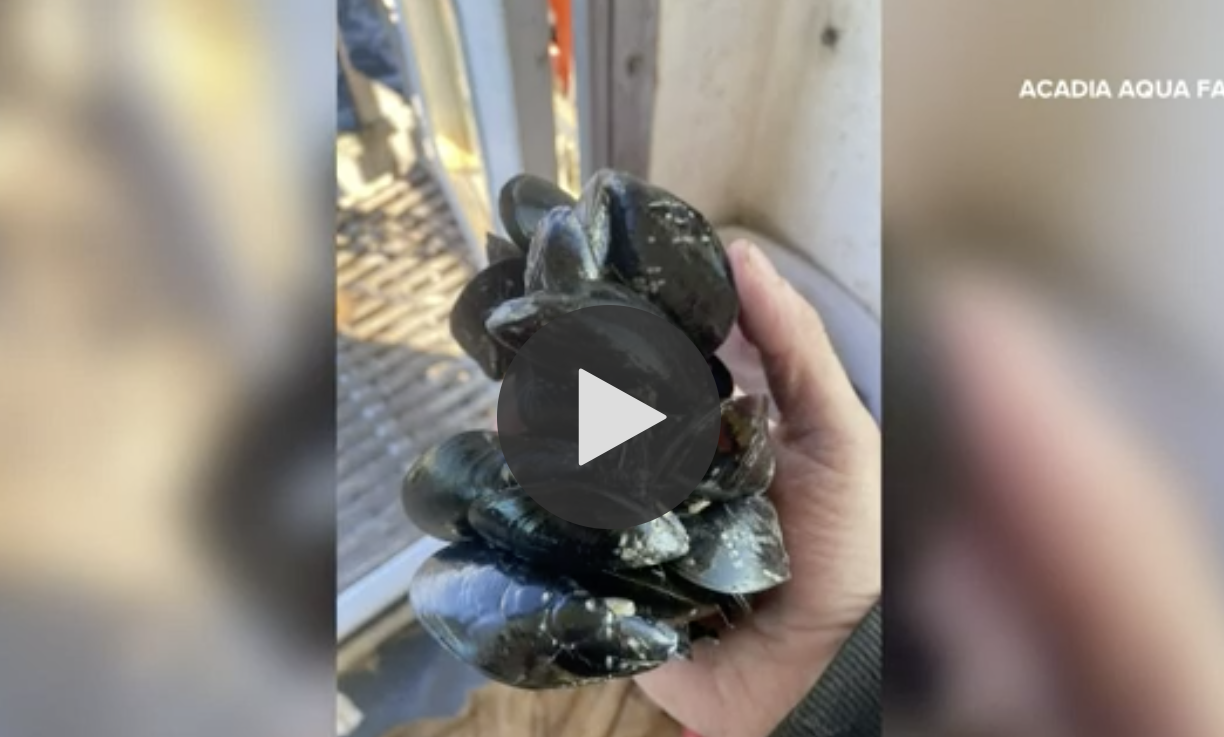 10-YEAR PLAN FOR MAINE’S WORKING WATERFRONT PUBLISHED
10-YEAR PLAN FOR MAINE’S WORKING WATERFRONT PUBLISHED
News Center Maine, 1/29/22 – “Maine Sea Grant and the Maine Aquaculture Association, which represents 190 commercial aquaculture farms in the state, have released a plan to support farmers crucial to the state’s seafood industries for the next decade. The Maine Aquaculture Roadmap calls for $15 million in added resources over the next 10 years to support industries like mussel, oyster, scallop, kelp, and salmon farmers who work in and around Maine’s shores.”
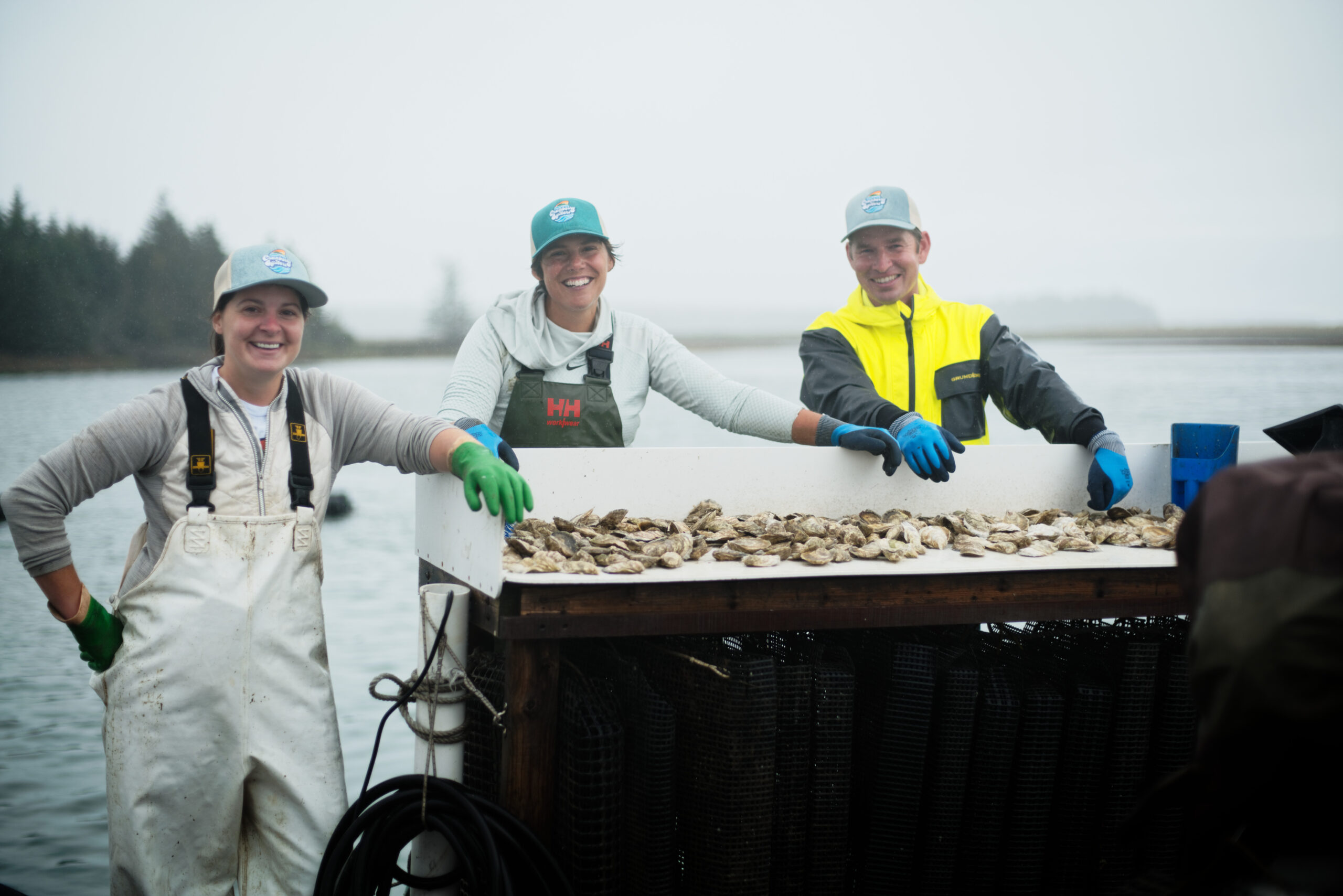 REPORT: $15M INVESTMENT NEEDED TO BOLSTER MAINE AQUACULTURE OVER NEXT DECADE
REPORT: $15M INVESTMENT NEEDED TO BOLSTER MAINE AQUACULTURE OVER NEXT DECADE
Mainebiz, 1/26/22 – “Maine’s aquaculture sector has been steadily growing in recent years, and a new industry report identifies over $15 million in resources that may be needed to continue that growth over the next decade. The Maine Aquaculture Roadmap 2022-32 was released Tuesday by the Maine Aquaculture Hub, Maine Sea Grant and Maine Aquaculture Association. The roadmap was developed with feedback from approximately 150 stakeholders representing nearly 100 different organizations and companies operating in Maine’s marine economy.”
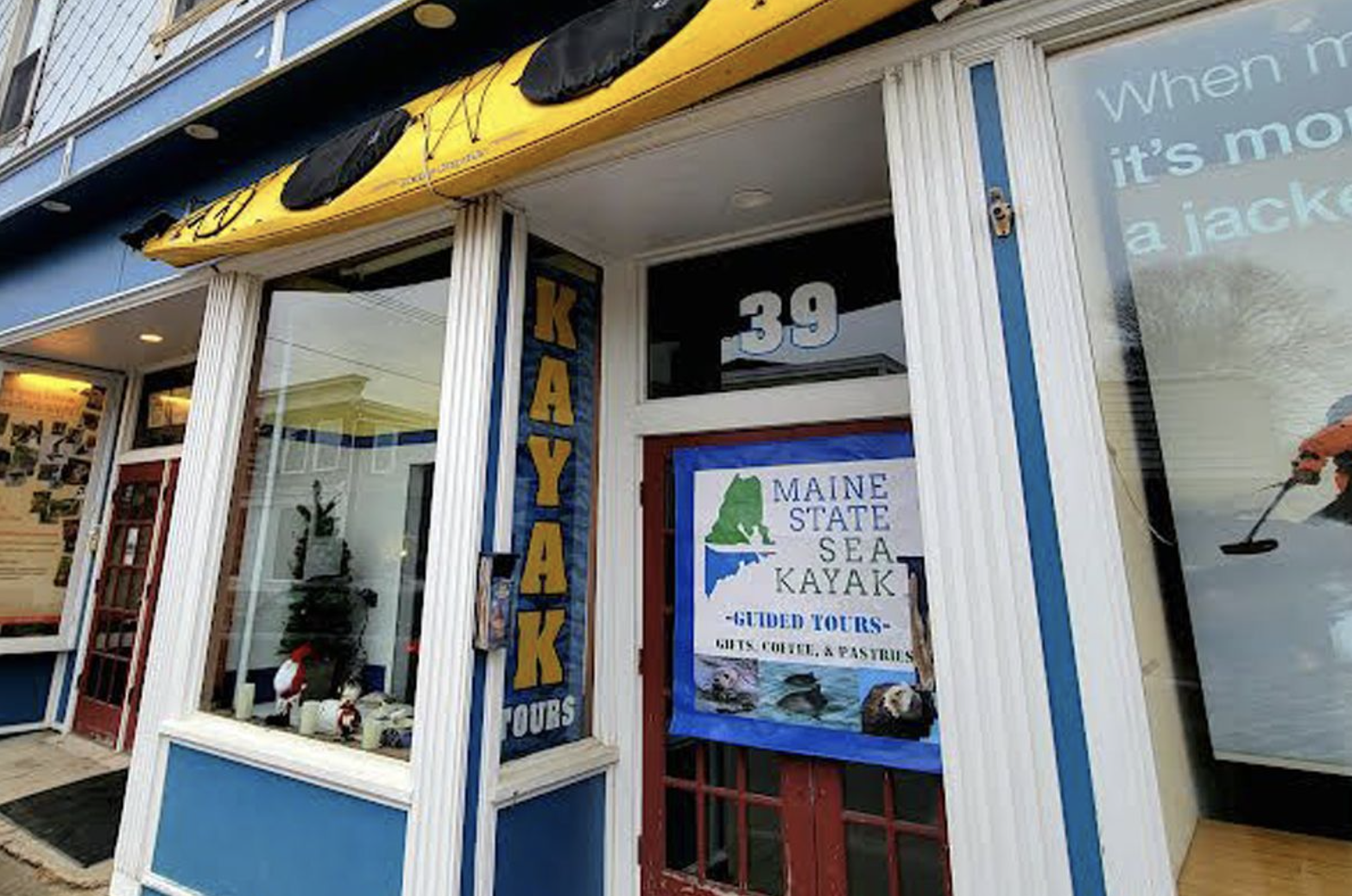 MAINE STATE SEA KAYAK EXPANDS OPERATIONS
MAINE STATE SEA KAYAK EXPANDS OPERATIONS
Mount Desert Islander, 1/22/22 – “Southwest Harbor’s Maine State Sea Kayak is set to open another location on Cottage Street in Bar Harbor this summer [. . .] Last summer, Jordan collaborated with Bar Harbor Oyster Company to give kayak tours of oyster farms. The tours paddle from Hadley Point to the Bar Harbor Oyster company’s aquaculture farm on The Twinnies islands, where the oyster company does its processing. Kayakers can even try Gulf of Maine oysters. ‘Joanna [Fogg, owner of Bar Harbor Oyster Company] and her employees serve the oysters and then we return back at sunset to Hadley Point,’ Jordan said.”
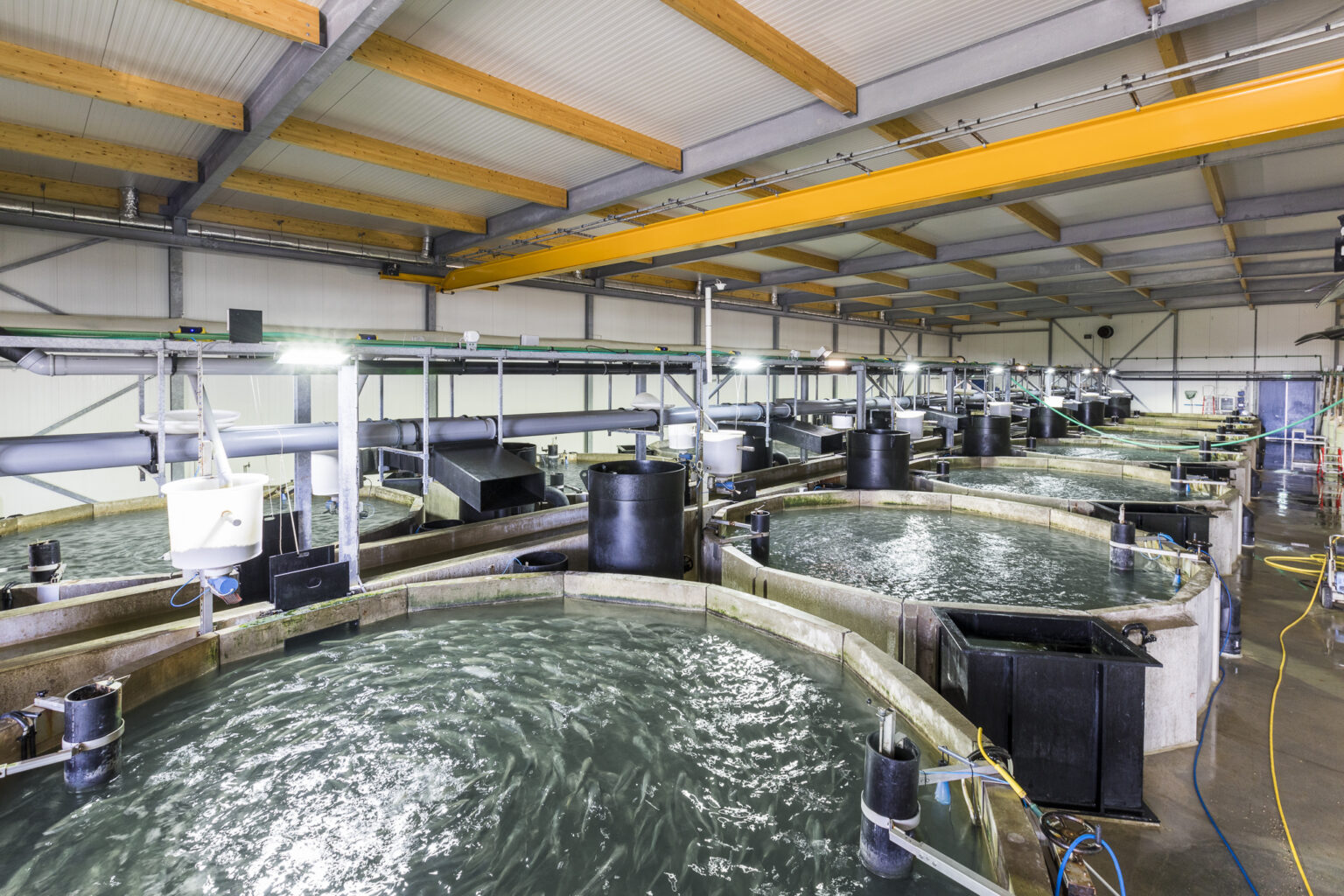 KINGFISH COMPANY SALES MORE THAN DOUBLED IN 2021
KINGFISH COMPANY SALES MORE THAN DOUBLED IN 2021
Fish Farmer Magazine, 1/10/22 – “The Kingfish Company doubled its sales last year on the back of fast growing demand for Dutch yellowtail in both Europe and the United States, it announced today. Revenues totalled 10.4m euros against €5m in 2020 with sales in the final quarter of 2021 particularly encouraging at €3.8m. [. . .] Late last year Kingfish gained final state level approvals and announced that the land had been purchased for its new facility in Jonesport, Maine. The company added: ‘Following the approval and the land purchase, the company is cleared to start groundworks. The US development is projected to reach 8,500 metric tons of capacity once built. Construction in Maine will start once financing has been secured.'”
 2022 FORECAST: WITHIN DIVERSE AQUACULTURE INDUSTRY, SLOW-BUT-STEADY GROWTH
2022 FORECAST: WITHIN DIVERSE AQUACULTURE INDUSTRY, SLOW-BUT-STEADY GROWTH
Mainebiz, 1/10/22 – “A dominant trend in Maine’s aquaculture industry over the past year is new distribution channels through retail and direct-to-consumer, says Sebastian Belle, executive director of the Maine Aquaculture Association. ‘We saw consumer starting to prepare seafood at home, something they might not have done in the past,’ he says. A great example is oysters, long consumed mostly at restaurants. ‘We’ve now got a tremendous market in retail and direct-to-consumer sales,’ he says. The industry is also seeing strong growth in out-of-state markets.”
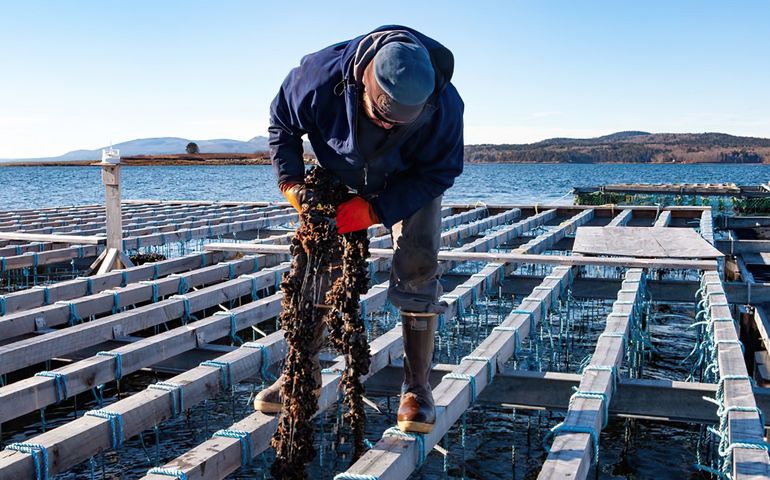 AQUACULTURE WORKFORCE DEVELOPMENT IS THE FOCUS OF $500,000 GRANT TO NONPROFIT
AQUACULTURE WORKFORCE DEVELOPMENT IS THE FOCUS OF $500,000 GRANT TO NONPROFIT
Mainebiz, 1/7/22 – “Following a study that shows Maine’s increasingly diversified aquaculture industry is a growing source of potential jobs, the Gulf of Maine Research Institute in Portland is planning an aquaculture workforce training system with the help of a $500,000 grant from the U.S. Department of Agriculture’s National Institute of Food and Agriculture. ‘Maine’s aquaculture industry is vital to our state’s economy but needs a skilled workforce to continue to grow and innovate,’ U.S. Rep. Chellie Pingree, D-Maine 1st District, said in a news release announcing the award. The Gulf of Maine Research Institute has designed a collaborative program aimed at training aquaculture specialists, helping students to secure jobs and supporting workforce needs.”
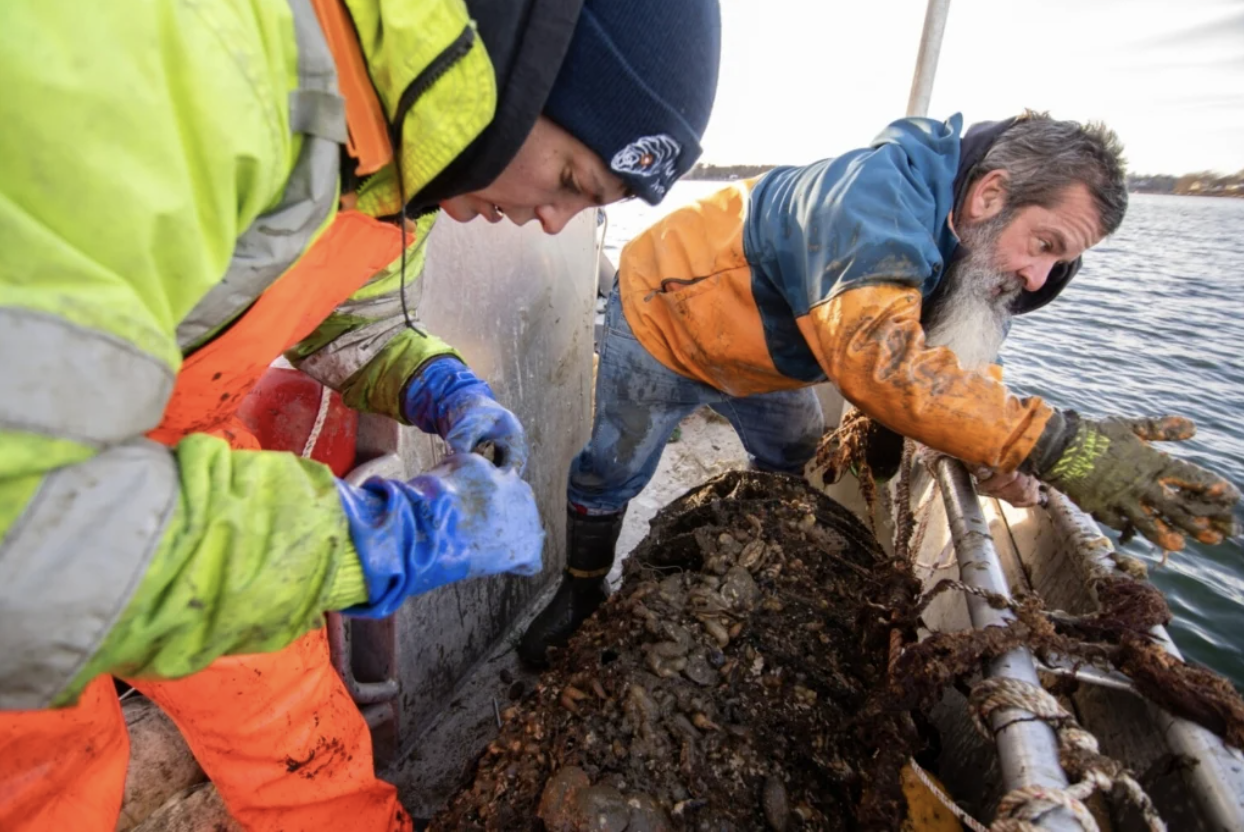 AS MAINE’S CLIMATE CHANGES, SCALLOP FARMING OFFERS OPTIMISM
AS MAINE’S CLIMATE CHANGES, SCALLOP FARMING OFFERS OPTIMISM
Portland Press Herald, 1/2/22 – “As rapidly warming oceans continue to drive Maine lobster into more remote waters, some in the state’s fishing industry regard sea scallop farming as the prime candidate to help bring added stability to the industry and offset anticipated revenue losses. [. . .] automation technology and farming techniques borrowed from more mature scallop fisheries as far away as Japan are giving some Maine seafood harvesters cause for optimism. They believe the growth potential for sustainable, farm-raised scallops is nearly limitless in Maine, if they can just figure out the right approach and make it affordable.”
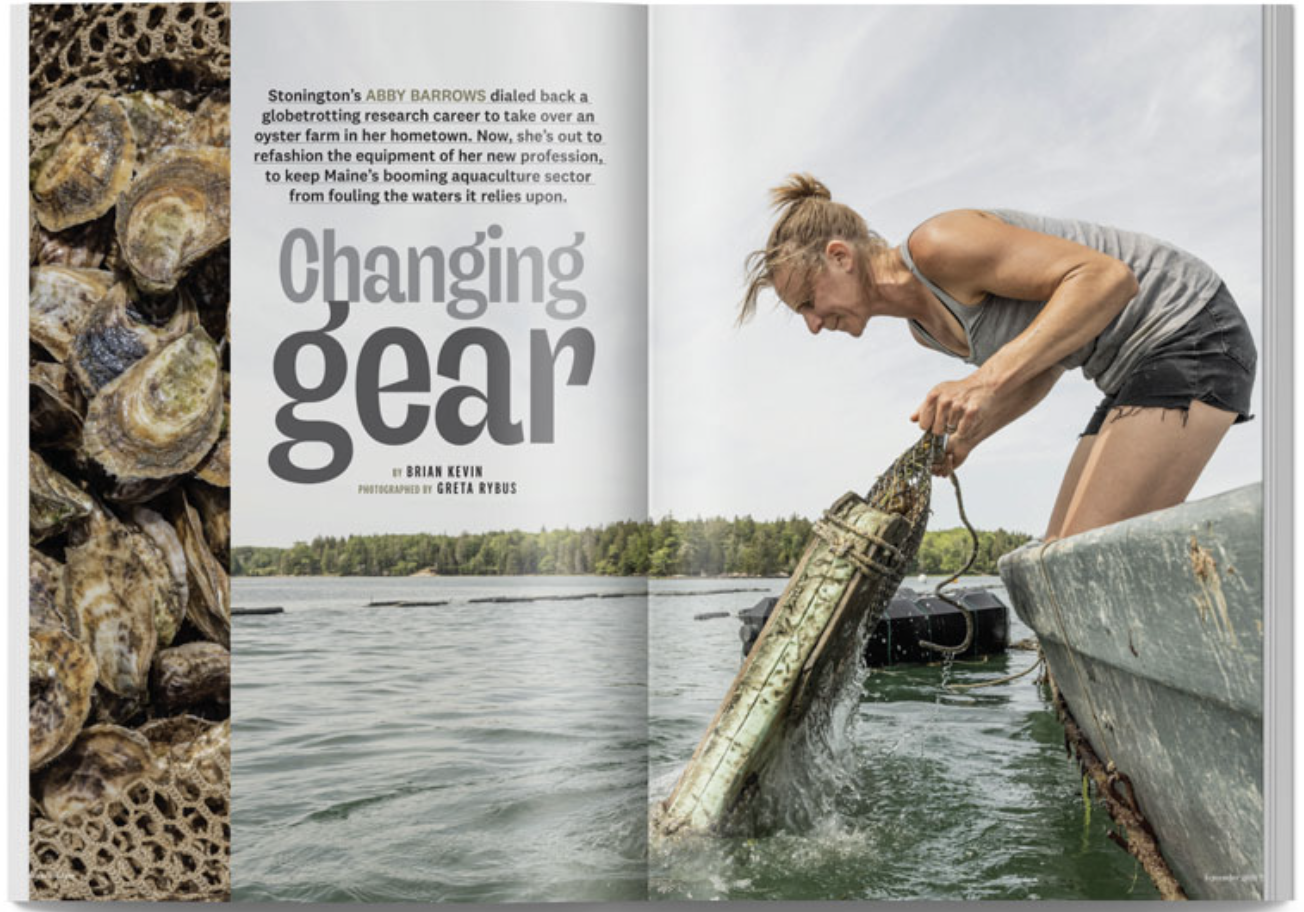 Down East’s Top 10 Longreads of 2021
Down East’s Top 10 Longreads of 2021
Down East Magazine, December 2021 – “This year, the most-read and most-shared stories on our site captured the aspirations and anxieties of a state in transition, weighing the promises and costs of new development, considering the future of Maine’s marine industries, and exploring frontiers in agriculture and conservation [. . .] From our September 2021 issue: Stonington’s Abby Barrows dialed back a globetrotting research career to take over an oyster farm in her hometown. Now, she’s out to refashion the equipment of her new profession, to keep Maine’s booming aquaculture sector from fouling the waters it relies upon.”
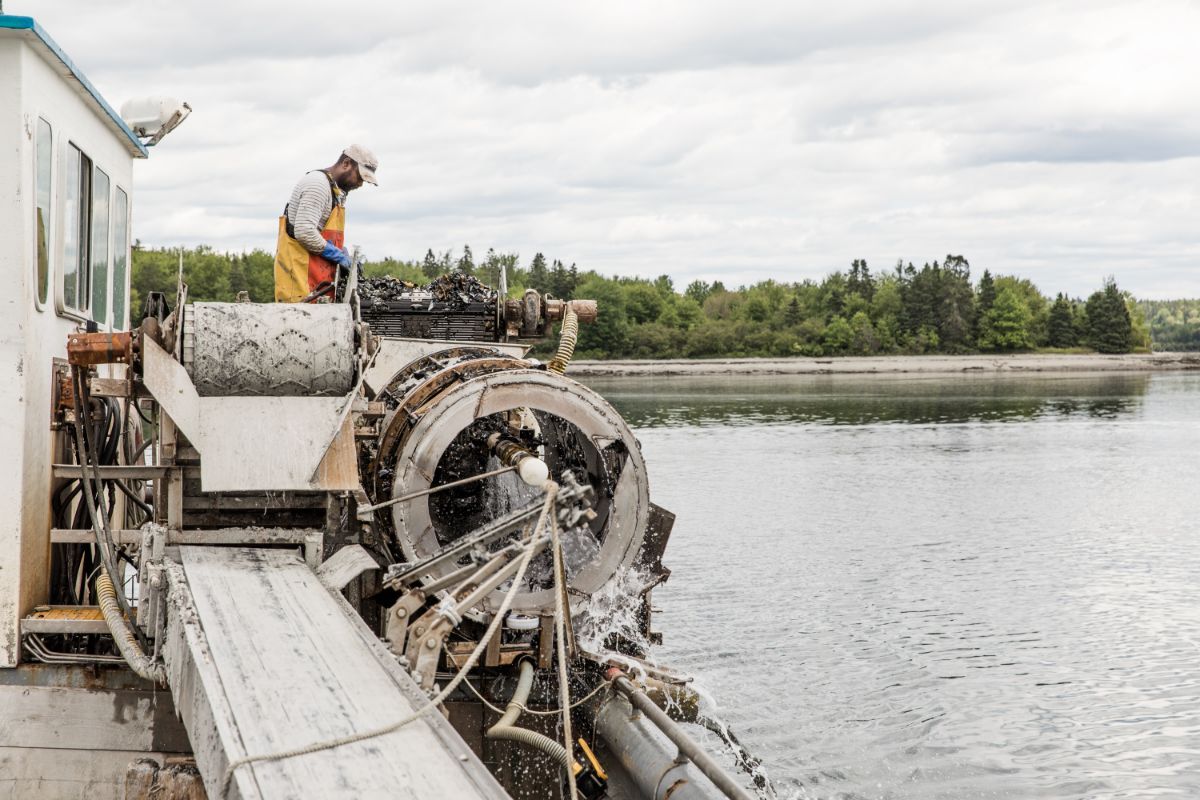 ACADIA AQUA FARMS PROPOSES RAISING MUSSEL SEEDS IN FRENCHMAN BAY
ACADIA AQUA FARMS PROPOSES RAISING MUSSEL SEEDS IN FRENCHMAN BAY
Mount Desert Islander, 12/30/21 – “A prehearing conference for a 48-acre aquaculture lease site in Frenchman Bay is set for Jan. 4. The meeting will be held remotely to discuss the administrative process for the public hearing on Feb. 9 in Bar Harbor. The Department of Marine Resources recommends that anyone planning to apply for intervenor status attend. Intervenor status is typically granted to those who have a determinable stake in the outcome of an aquaculture proposal. In its application, Acadia Aqua Farms LLC proposes raising up to 1,000 tons of blue mussels, 10 million sea scallops and 1,000 tons each of hard- and softshell clams on a lease site southwest of Googins Ledge.”
